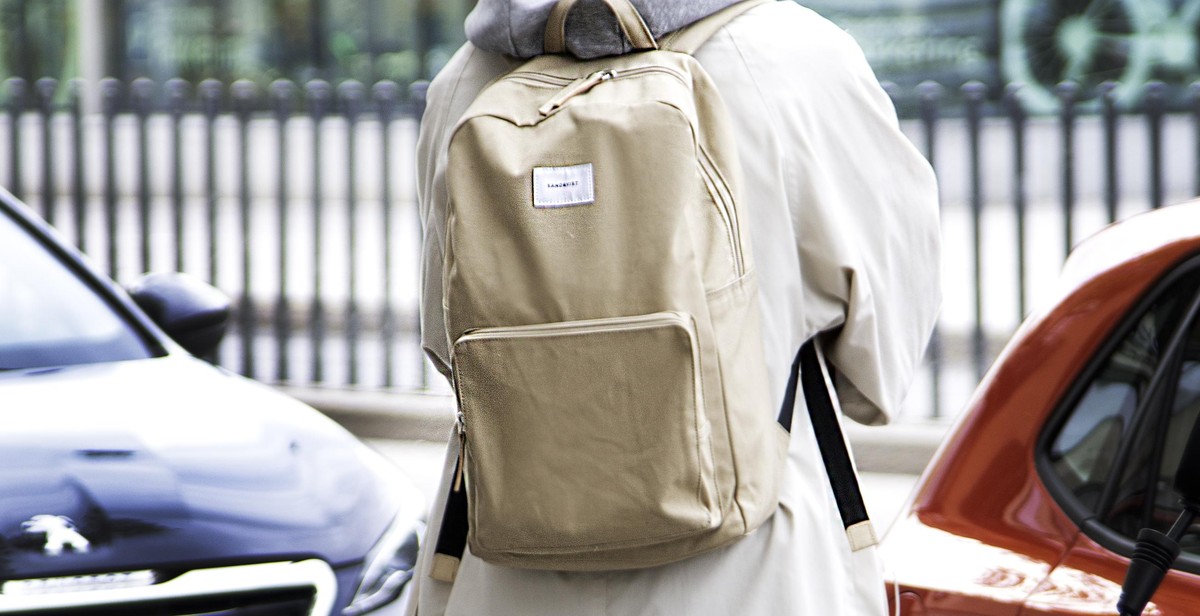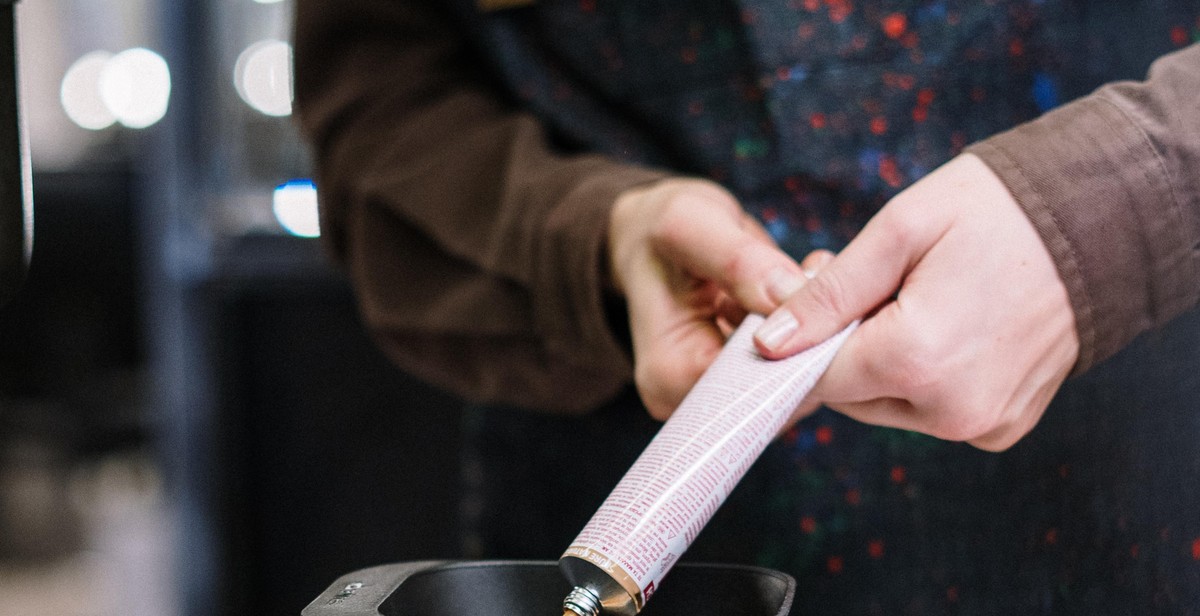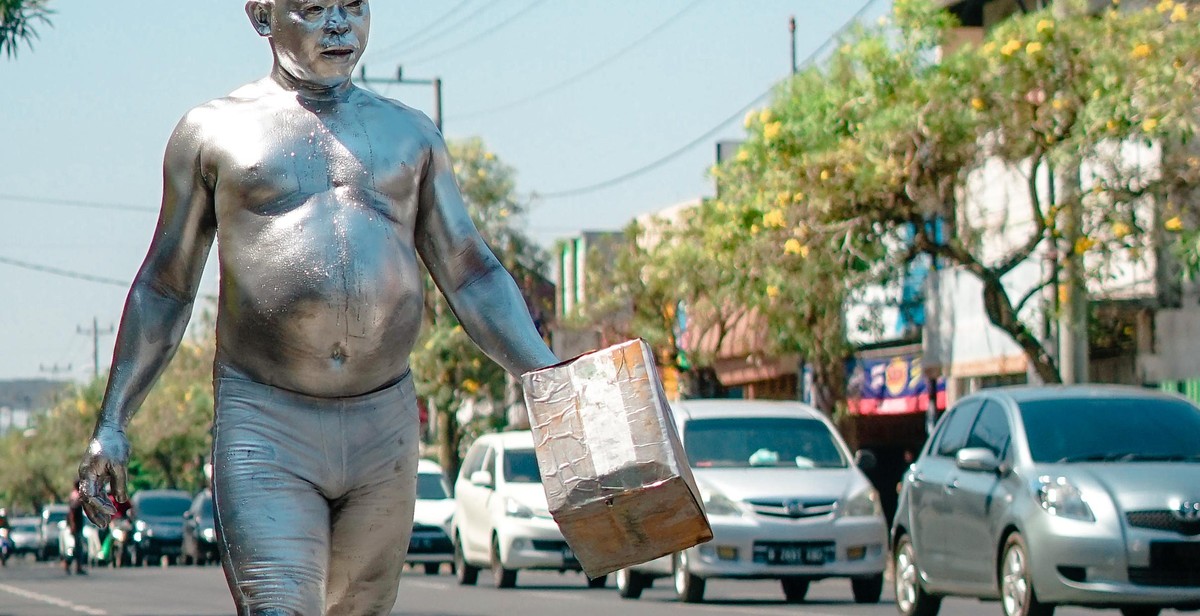How to Perform a DIY Car Paint Correction and Polishing
As a car owner, it is inevitable that your car’s paint will eventually become dull, scratched, or faded. This can be due to various factors such as exposure to the sun, weather conditions, or simply wear and tear. Car paint correction and polishing can help restore the shine and luster of your car’s paint, making it look brand new again.
While you can always take your car to a professional detailer for paint correction and polishing, it can be quite expensive. Fortunately, with the right tools and techniques, you can perform a DIY car paint correction and polishing at home.
Tools Needed for DIY Car Paint Correction and Polishing
Before you begin the process of car paint correction and polishing, you will need to gather the necessary tools. These include:
- Microfiber towels
- Polishing pads
- Polishing compound
- Paint correction compound
- Polisher or buffer
- Masking tape
- Clay bar
- Paint sealant or wax
Once you have all the necessary tools, you can proceed with the car paint correction and polishing process.

What is Car Paint Correction?
Car paint correction is a process of removing imperfections and restoring the shine of a vehicle’s paintwork. Imperfections in a car’s paintwork can be caused by various factors such as scratches, swirl marks, water spots, bird droppings, and oxidation. These imperfections can make a car’s paintwork look dull and aged.
Car paint correction involves the use of special tools and techniques to remove the imperfections and restore the shine of the paintwork. The process can be done by a professional detailer or by a car owner who has some experience in detailing.
The Benefits of Car Paint Correction
Car paint correction offers several benefits to a car owner. These benefits include:
- Restoring the shine of the paintwork
- Removing imperfections and scratches
- Protecting the paintwork from further damage
- Increasing the resale value of the vehicle
By removing imperfections and restoring the shine of the paintwork, car paint correction can make a car look like new again. It can also protect the paintwork from further damage by creating a barrier between the paint and the elements.
How Car Paint Correction Works
Car paint correction involves several steps. These steps include:
- Washing and drying the car
- Inspecting the paintwork for imperfections
- Removing imperfections using a cutting compound
- Polishing the paintwork to restore shine
- Applying a protective coating to the paintwork
The process of car paint correction can be time-consuming and requires some skill and experience. However, with the right tools and techniques, a car owner can perform a DIY car paint correction and polishing to restore the shine of their vehicle’s paintwork.

Tools and Materials Needed for Car Paint Correction
Tools Required for Car Paint Correction
Before starting the car paint correction process, you need to have the following tools:
- Microfiber towels: these are crucial for wiping off the polish and compound from the car surface. Ensure you have enough clean towels to avoid scratching the car’s surface.
- Polisher: a dual-action polisher is the best option for beginners. A rotary polisher is also an option for experienced detailers.
- Backing plate: this connects to the polisher and holds the pads in place.
- Polishing pads: these come in different levels of abrasiveness, ranging from cutting to finishing. Ensure you have the appropriate pads for the level of correction you want to achieve.
- Compound: this is a cutting agent that removes scratches, oxidation, and other defects from the car surface. Ensure you have the appropriate compound for the level of correction you want to achieve.
- Polish: this is a finer abrasive that removes minor defects and enhances the shine of the car’s surface. Ensure you have the appropriate polish for the level of correction you want to achieve.
- Paint thickness gauge: this measures the thickness of the car’s paint to avoid over-correction.
- Masking tape: this is used to protect the trim and other areas that should not be polished.
Materials Required for Car Paint Correction
Aside from the tools, you also need to have the following materials:
- Car wash soap: this is used to clean the car’s surface before starting the correction process.
- Clay bar: this removes contaminants such as dirt, tar, and tree sap from the car’s surface.
- Detailing spray: this lubricates the surface and enhances the clay bar’s effectiveness.
- Isopropyl alcohol: this removes any oils or residues left on the car’s surface after polishing.
- Wax or sealant: this protects the car’s surface after correction and enhances its shine.
| Tools | Materials |
|---|---|
| Microfiber towels | Car wash soap |
| Polisher | Clay bar |
| Backing plate | Detailing spray |
| Polishing pads | Isopropyl alcohol |
| Compound | Wax or sealant |
| Polish | |
| Paint thickness gauge | |
| Masking tape |

Step-by-Step Guide to Car Paint Correction
Car paint correction is the process of removing imperfections from the surface of a car’s paint. This can include scratches, swirl marks, and other blemishes that can detract from the appearance of the car. Here is a step-by-step guide to performing a DIY car paint correction:
Step 1: Wash and Dry the Car
The first step in any car detailing project is to wash and dry the car. This removes any dirt, grime, or other contaminants from the surface of the paint and prepares it for correction. Use a high-quality car wash soap and a microfiber wash mitt to gently wash the car. Rinse thoroughly and dry with a clean microfiber towel.
Step 2: Inspect the Car’s Paint
Inspect the car’s paint carefully to identify any imperfections that need to be corrected. Look for scratches, swirl marks, and other blemishes that can be removed with paint correction compound.
Step 3: Remove Surface Contaminants
Before applying paint correction compound, it’s important to remove any surface contaminants that may be present on the paint. This can include tar, tree sap, or other substances that may have bonded to the surface of the paint. Use a clay bar or other contaminant removal product to remove these substances.
Step 4: Apply Paint Correction Compound
Apply paint correction compound to a foam polishing pad and work it into the surface of the paint using a dual-action polisher. Start with a low speed and gradually increase the speed as needed. Work in small sections, applying additional compound as needed until the imperfections have been removed.
Step 5: Polish the Car’s Paint
After the paint correction compound has been applied, polish the car’s paint using a foam polishing pad and a high-quality polish. This will remove any remaining imperfections and restore the shine to the paint.
Step 6: Apply a Protective Coating
Finally, apply a protective coating to the car’s paint to help prevent future damage. This can include a wax, sealant, or ceramic coating. Follow the instructions on the product carefully to ensure proper application.

Tips for a Successful DIY Car Paint Correction
Performing a DIY car paint correction can be a daunting task, especially for beginners. However, with the right approach and tools, you can achieve a flawless finish that looks as good as new. Here are some tips to help you get started:
Choose the Right Products
Choosing the right products is essential for a successful DIY car paint correction. You will need a variety of products such as a clay bar, compound, polish, and wax. Make sure to choose products that are specifically designed for your car’s paint type and color. Also, read the instructions carefully to ensure that you are using the products correctly.
Work in a Cool, Shaded Area
It is important to work in a cool, shaded area to prevent the products from drying out too quickly. Direct sunlight can cause the products to evaporate, making it difficult to achieve the desired result. Working in a garage or under a canopy is ideal.
Take Your Time
A DIY car paint correction requires patience and attention to detail. Take your time and work in small sections to ensure that you achieve the best possible result. Rushing through the process can lead to mistakes and damage to your car’s paint.
Practice on a Small Area First
If you are new to DIY car paint correction, it is a good idea to practice on a small area first. This will allow you to get a feel for the products and techniques before moving on to larger areas. It is also a good way to test the products on your car’s paint to ensure that they are compatible.
- Choose the right products for your car’s paint type and color
- Work in a cool, shaded area to prevent the products from drying out too quickly
- Take your time and work in small sections
- Practice on a small area first to get a feel for the products and techniques
Following these tips will help you achieve a successful DIY car paint correction. Remember, always read the instructions carefully and take your time to ensure that you get the best possible result.

Conclusion
Performing a DIY car paint correction and polishing can be a daunting task, but with the right tools and techniques, it is possible to achieve professional results. Remember to take your time and be patient, as rushing through the process can lead to mistakes and damage to your car’s paint.
Start by thoroughly washing your car and inspecting the paint for any imperfections. Use a clay bar to remove any contaminants, and then use a compound to remove any scratches or swirl marks. Follow up with a polish to restore shine and protect the paint.
When using a polishing machine, be sure to use the right pad and speed settings for your specific needs. Always work in small sections and use overlapping motions to ensure even coverage. Finish off with a high-quality wax or sealant to protect your car’s paint for months to come.
Remember, regular maintenance is key to keeping your car’s paint looking great. Wash your car regularly and avoid parking in direct sunlight or harsh weather conditions. With the right care, your car’s paint can look like new for years to come.
- Thoroughly wash and inspect your car’s paint
- Use a clay bar to remove contaminants
- Use a compound to remove scratches and swirl marks
- Follow up with a polish to restore shine and protect the paint
- Use the right pad and speed settings when using a polishing machine
- Regular maintenance is key to keeping your car’s paint looking great
| Pros | Cons |
|---|---|
| Cost-effective compared to professional detailing | Requires time and patience |
| Allows for customization and control over the process | Can be difficult to achieve professional results |
| Can be a rewarding and satisfying experience | Requires investment in equipment and products |
